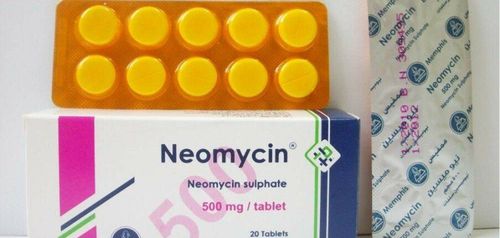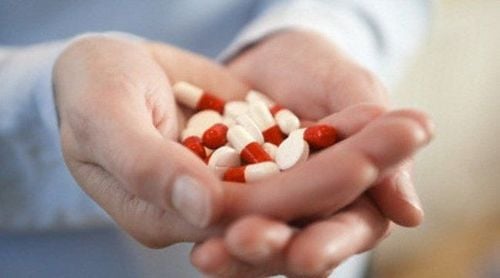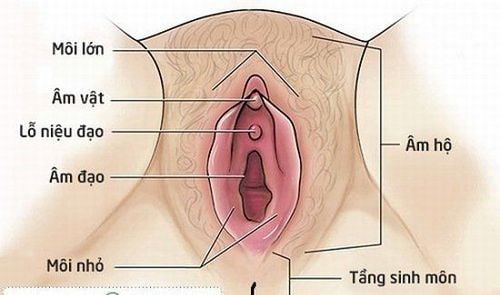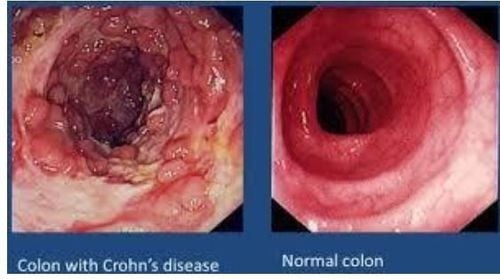This is an automatically translated article.
Junior disease is reappearing recently. This disease can form a cluster with hundreds of pimples on the back and nape and is common in people with underlying medical conditions such as diabetes. So what is the disease of the juniors and is the disease dangerous?
1. What is the disease of the juniors?
Carbuncle is a disease that causes a group of red, swollen and painful boils. Besides, this group of boils is also attached to each other under the skin, may be filled with pus and there is a process of necrosis of the subcutaneous tissue. This is an acute inflammatory condition that causes necrosis of the hair follicle and surrounding tissues. The most common location of schizophrenia is on the head, face, neck, back, buttocks, and legs and arms.The word "junior" comes from the Latin word "Carbunculus" which means a small coal, a hard pain like a stone (Carbuncle stone). Due to the location of the disease or on the back of the body, folk people use the word "after" (behind), and "boi" means boil.
In Vietnam, puerperal disease is also known as "honeycomb boil" or "lotus mirror boil" because the image of the disease causes when the pus breaks, there will be a hole like a honeycomb or like a lotus mirror. took all the lotus seeds.

Bệnh hậu bối xảy ra sâu trong da và liên quan đến các nang tóc.
2. Causes of junior disease
Postpartum disease usually develops when Staphylococcus aureus bacteria enter the hair follicle. People with areas of necrosis, dead skin, or damaged skin will make it easier for bacteria to enter the body and cause a posterior infection filled with fluid, pus, and dead tissue.
In addition, wet parts of the body such as: nose, mouth, throat, thighs, armpits... are more susceptible to infection than other areas because Staphylococcus aureus bacteria thrive in these areas. . Risk factors that increase the likelihood of postnatal disease include:
Poor personal hygiene; Diabetes ; People with weakened immune systems; Dermatitis; Patients with kidney disease; Patients with liver disease; Elderly ; Shaving and other activities that damage the skin.
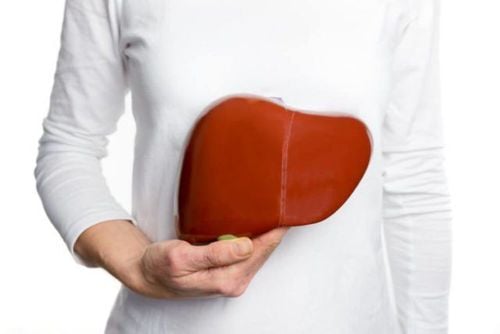
Bệnh hậu bối có thể xảy ra ở bệnh nhân mắc bệnh gan
3. Symptoms of junior disease
Juniors appear initially with the symptom of a red patch with very different diameters, the patches can range from 5 - 10 - 20cm, accompanied by symptoms such as: red inflammation, swelling, raised nodules high, painful.
After 2 to 3 days of illness, the lesions will spread, turn pus and form abscesses, in the middle of the cavity, white or yellow pus will form. They can then break off, discharge white or cream-pink fluid, and over time, they will progress to necrosis of subcutaneous tissue, causing concave lesions about 0.5 - 1cm deep. In addition, people with syphilis are also accompanied by pain symptoms (especially when boils are located in the nose, ear lobes), fever, fatigue...
4. Is junior disease dangerous?
Junior is a disease that cannot be cured by changing the usual dressing or taking medicine by itself, but it requires the intervention of specialists. Subluxation is very different from cystic boils (usually a very shallow lesion and a simple mass of pus), requiring surgery to enlarge and remove the underlying necrotic tissue. Only the skin is cured.
Therefore, when the first symptoms of the disease appear, especially in people who have poor resistance or have many metabolic diseases such as diabetes... then it is necessary to go to the facilities. medical examination and treatment, to avoid serious development, causing unfortunate consequences. If left untreated for a long time, sepsis complications can lead to death.
Beware of common complications of postnatal disease:
Sepsis, especially in malnourished people. Sepsis is an overwhelming infection of the body and a medical emergency that can lead to death if left untreated. Symptoms of sepsis include: chills, high fever, fast heart rate and feeling very sick...
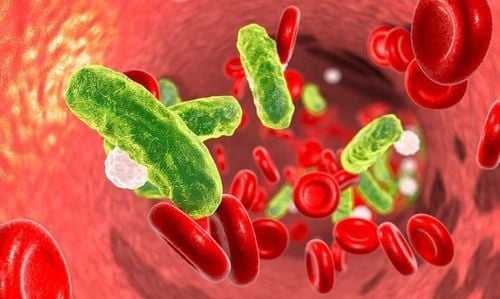
Một trong những biến chứng nguy hiểm của bệnh hậu bối là gây nhiễm trùng huyết
Boils growing in the upper lip, cheeks can lead to cavernous sinusitis and sepsis; Disease caused by methicillin-resistant Staphylococcus aureus (MRSA) bacteria requires treatment with strong antibiotics prescribed by your doctor if the lesions are not draining properly; Bacteria from boils enter the bloodstream causing infections in other organs such as the lungs, bones, joints, heart, blood and in the central nervous system.
5. When to see a doctor for treatment?
The patient needs to see a doctor quickly if:
There is more than one junior at a time; The juniors grow on the face; skin condition that rapidly worsens or causes extreme pain; Boils that cause fever are more than 5cm in diameter; The skin lesions did not heal within 2 weeks and progressed to worse.
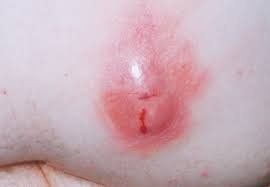
Bệnh nhân bị nhọt hậu bối kèm sốt cao cần đi khám bác sĩ càng sớm càng tốt
6. Treatment of junior disease
Postpartum disease can leave dangerous complications, so it is necessary to adhere to the treatment indications according to the protocol of a specialist.
Use of antibiotics; Analgesic ; Daily cleaning and wound care; Remove the pus with a knife or needle; Surgery to treat deep or large posteriors. Accordingly, patients should note:
Avoid touching, squeezing or irritating boils will increase the risk of complications and scarring. Wash your hands thoroughly after touching the boil. Wash any clothes, linens, and towels that have touched the boil. Avoid sharing bedding, clothing, or other personal items with an unwell person to avoid spreading the infection. Postpartum disease does not go away on its own, but requires intensive treatment. When the lesion has pus, it is imperative that the patient be hospitalized for surgery to remove the necrotic tissue. Therefore, if the patient is suspected of having a junior disease, the patient needs to see a doctor soon for timely examination, diagnosis and treatment, to avoid unfortunate consequences.
Please dial HOTLINE for more information or register for an appointment HERE. Download MyVinmec app to make appointments faster and to manage your bookings easily.




